Artist: Egberto Gismonti Album: Circense
Year: 1980Duration: 49:23
Uncovering the Magic in Egberto Gismonti’s Album – Circense
Music is an art form that has the unique ability to transcend borders, cultures and time. It is a universal language that speaks to us in ways that words cannot. Circense, an album by Brazilian composer and guitarist, Egberto Gismonti, is a masterpiece that has captured the hearts of music lovers all over the world. In this critical review, we will delve into the history of Egberto Gismonti, the music genre of Circense, the best songs of the album, and the most innovative parts that set it apart from other albums in the same genre.
Egberto Gismonti is a renowned Brazilian musician, born in 1947 in Carmo, Rio de Janeiro. He is a composer, songwriter, guitarist and pianist. Gismonti started learning music at a young age and was influenced by Brazilian rhythms and classical music. His style is an infusion of both worlds, making his music unique and captivating. With over 70 albums in his catalogue, Gismonti has solidified himself as one of the most innovative and influential musicians of the 20th century.
Circense, released in 1980, is a jazz fusion album that features Gismonti on guitar and piano. It combines Brazilian rhythms with jazz, creating a distinct and electrifying sound that is instantly recognizable. The album has nine tracks, all composed and arranged by Gismonti. The use of various instruments such as drums, bass, saxophone and flute adds to the richness of the album.
One of the standout tracks on Circense is “Palácio de Pinturas”. This track is a perfect example of the marriage of Brazilian rhythms and jazz. It features a complex arrangement of percussion instruments, complemented by Gismonti’s intricate guitar playing. The result is a mesmerizing piece that takes the listener on a journey.
Another memorable track on Circense is “Ano Zero”. This track features Gismonti on piano, creating a beautiful and somber atmosphere. The use of strings adds to the depth of the piece, making it a standout track on the album.
What sets Circense apart from other albums in the same genre is Gismonti’s use of unconventional instruments. “Memória e Fado” for example, features a prominent accordion, giving the track a unique sound. The use of the harmonica in “Ciranda Nordestina” adds to the playful and upbeat nature of the track.
While Circense is an exceptional album, it is not without its flaws. The album is rather long, with some tracks feeling repetitive at times. Additionally, the lack of vocals on the album may not appeal to everyone. However, these minor grievances are overshadowed by the brilliance of Gismonti’s compositions.
In conclusion, Circense is an album that showcases the musical genius of Egberto Gismonti. The seamless fusion of Brazilian rhythms and jazz creates a sound that is both captivating and enchanting. The standout tracks on the album, “Palácio de Pinturas” and “Ano Zero” are perfect examples of Gismonti’s musical prowess. The use of unconventional instruments throughout the album adds to its uniqueness and innovation. While there may be some minor criticisms, they pale in comparison to the overall brilliance of Circense. If you’re a fan of jazz fusion or Brazilian music, Circense is a must-listen.
Other #Bossa nova albums:
SIMILAR BANDS
balls, from 1 to 5, describe similarity between the two bands
SOMETHING NEW? LISTEN TO RADIOGENRE
SUGGESTED PLAYLISTS
 Scandinavian Oregon: the danger of boredom
Scandinavian Oregon: the danger of boredom The very best of drum'n'bass
The very best of drum'n'bass The very best of psychedelic rock
The very best of psychedelic rock The best vine songs and beat drop for extreme sports
The best vine songs and beat drop for extreme sports The origins of Ska
The origins of Ska Making a party in American universities
Making a party in American universities The very best of suicide girls
The very best of suicide girls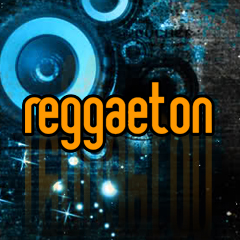 The very best of reggaeton
The very best of reggaeton Reality surpasses fiction
Reality surpasses fiction Body pump music tracklist
Body pump music tracklist

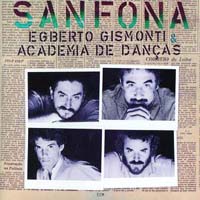
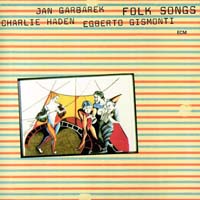
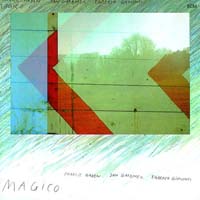
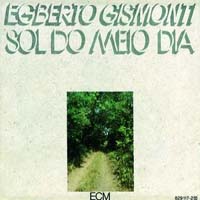
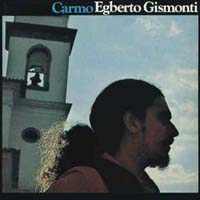
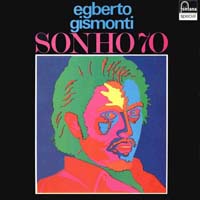
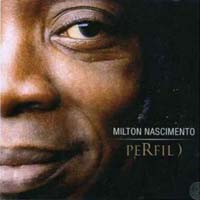

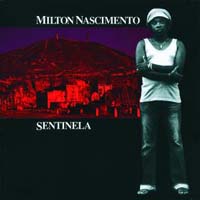
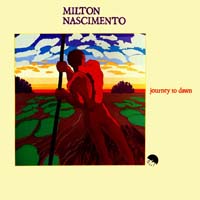
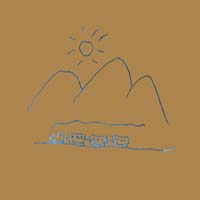
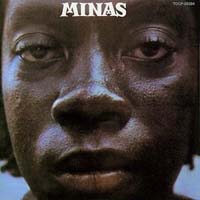
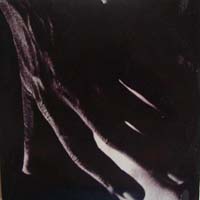
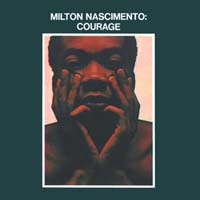
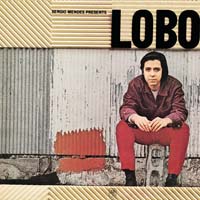
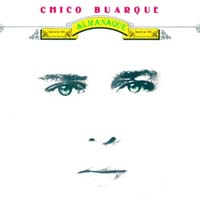
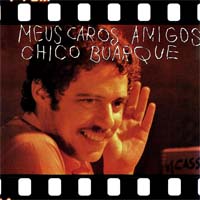
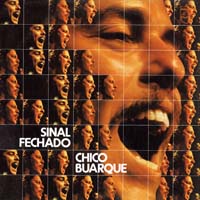
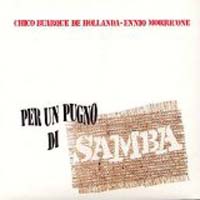
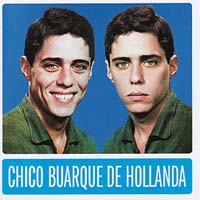
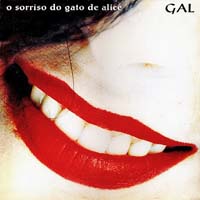


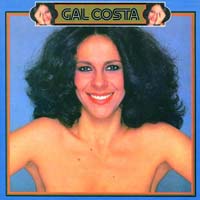
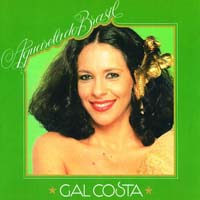
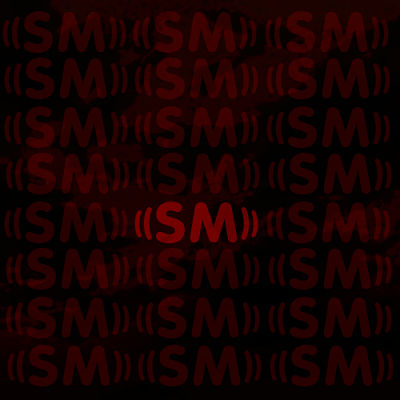
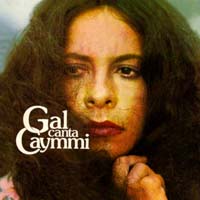
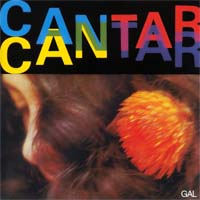
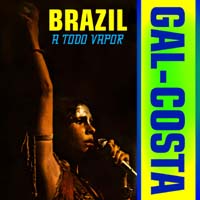
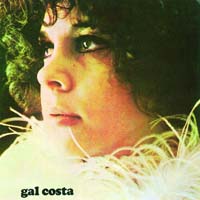

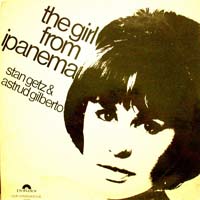
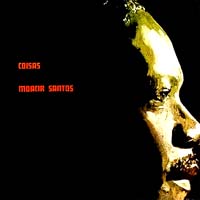

 Heavy metal
Heavy metal Grime
Grime Electro punk
Electro punk Rumba
Rumba Sparo Parole
Sparo Parole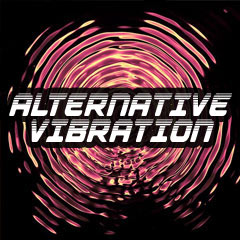 Alternative Vibration
Alternative Vibration Minimal
Minimal Electro rock
Electro rock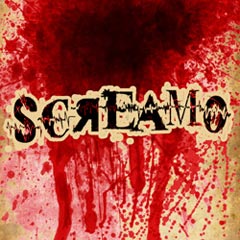 Screamo
Screamo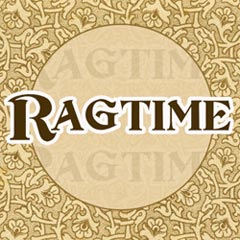 Ragtime
Ragtime